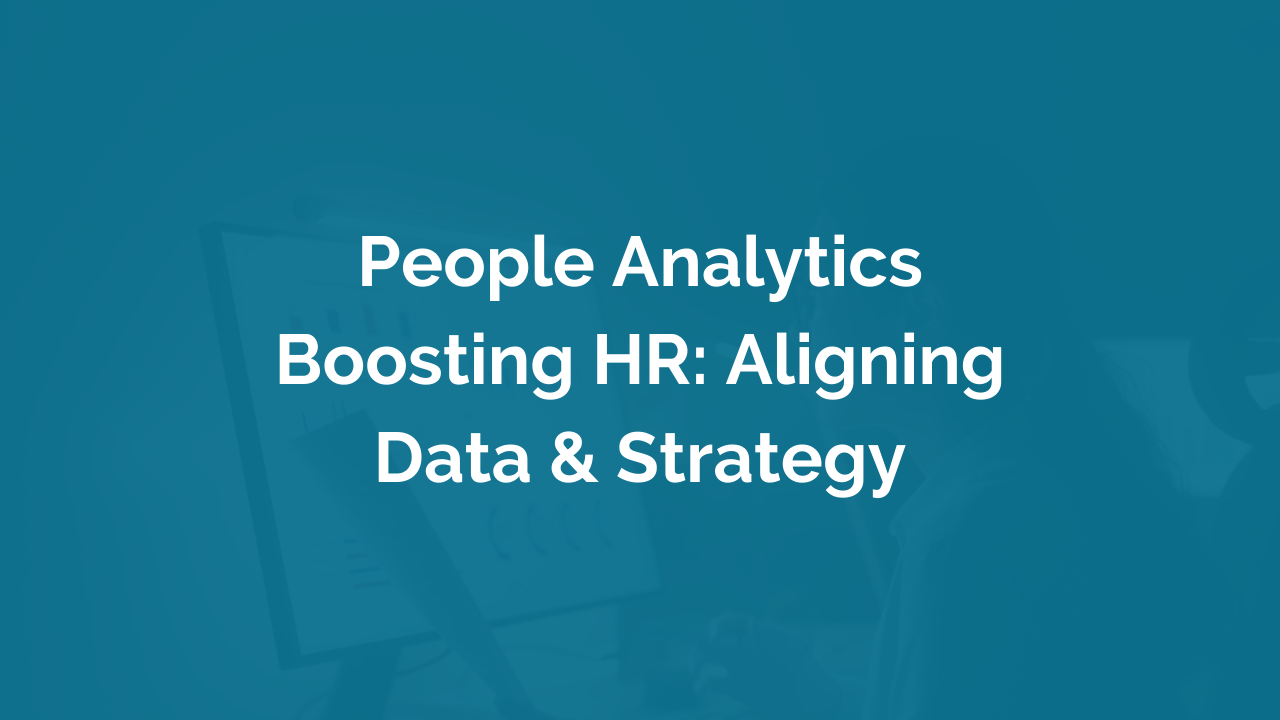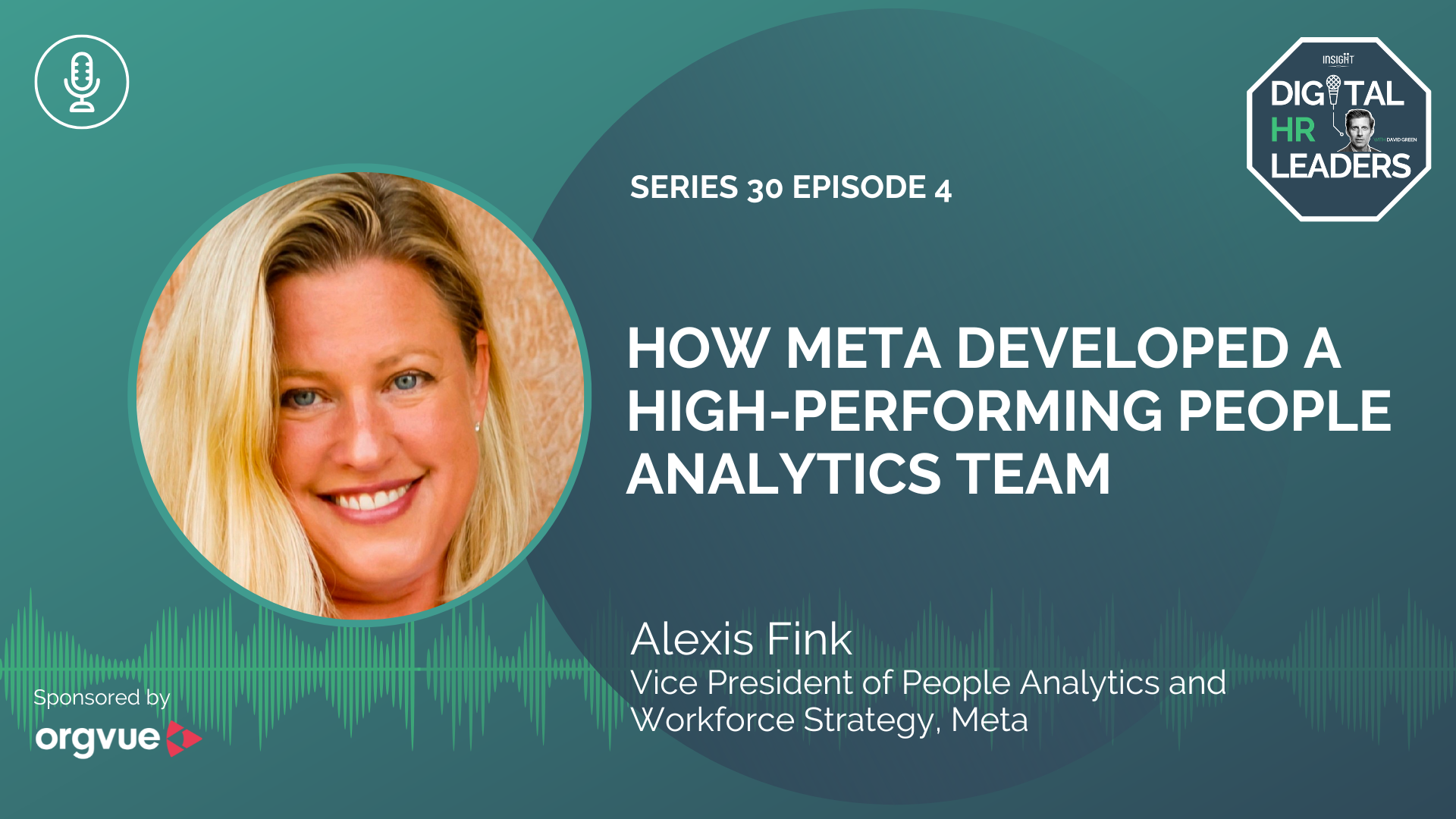People Analytics Boosting HR: Aligning Data & Strategy
Data-driven analytics and human resources have long been seen as separate entities with little overlap. In the digital age, HR and data analysis are becoming more connected, especially in Leading Companies.
Our Insight222 People Analytics Trends 2022 Report showed a 21% increase in the number of HR leaders reporting directly to the Chief Human Resources Officer (CHRO). This highlights the growing influence of people analytics on HR strategy and decision-making.
This year's follow-up report found that people analytics is adding even more value to businesses. For example, 21% of people analytics leaders surveyed are now presenting to the board and 58% presenting to the C-suite.
This demonstrates the extent to which people analytics is becoming a vital component in shaping business outcomes. This is even more impactful as data-driven analytics skills have been identified as the biggest skills gap in HR.
Driving Business Value Through Strategic Alignment
The CHRO is the driving force behind all people-related strategies in an organisation. They are responsible for understanding key business problems and finding solutions. This makes CHROs crucial stakeholders for any people analytics team.
"the HR VPs, or in some cases the COE leads if you're talking about talent management or learning and development or others, they're the ones who have to consume what you're building, they're the ones who actually make the magic happen. And if you're not (a) meeting their needs and (b) delivering in a way that's usable, you're not actually terribly valuable, you're just a pretty ornament."
In other words, the success of a people analytics function is heavily reliant on its alignment with the CHRO and their understanding and utilisation of the data provided. This close relationship between the two is imperative if an organisation wants to achieve:
Improving workforce experiences – such as increasing employee engagement, promoting well-being, and creating a positive work culture.
Driving an analytics culture across the organisation – for example, democratising people data to managers and improving data literacy within HR.
Improving business performance – by increasing productivity, boosting sales, and delivering improved profits.
Creating broader societal benefits – through initiatives such as promoting diversity and inclusion and implementing sustainable people practices.
Navigating Challenges and Seizing Opportunities
But how can we foster a strong relationship between HR and people analytics? It all boils down to one thing – speaking the same language. Just like any relationship, communication is key. Without it, misunderstandings and misaligned expectations can hinder progress and success.
To strengthen this bond, both HR and people analytics professionals must be upskilled to ensure that they understand each other's roles and the value they bring to the organisation. And this all comes down to building a data-driven HR culture.
People analytics teams need to understand the specific needs and challenges of HR professionals. At the same time, HR leaders and CHROs must also embrace data-driven decision-making to reap the full benefits of people analytics. Our Insight222, Upskilling the HR Profession: Building Data Literacy at Scale report showed that both parties hold equal responsibility in creating a data-driven HR culture.
The report also revealed that when people analytics is responsible for upskilling HR professionals, 60% of organisations reported more data-driven HR practices, compared to only 31% where people analytics were not in charge of the upskilling process.
The same report also found that when the CHRO and other HR leaders were actively involved in upskilling, the percentage of organisations with data-driven HR increased by 56%.
Essentially, both parties must be equally invested in developing data literacy and promoting a culture of data-driven decision-making within the organisation. This approach helps both parties understand their value and work together to achieve common goals in HR strategies and business outcomes.
Embracing the Future of HR
As the relationship between HR and people analytics continues to strengthen, it's evident that alignment is essential for driving business value.
The results are clear - organisations with strong strategic alignment between these two functions experience improved workforce experiences, a data-driven culture across the organisation, improved business performance, and broader societal benefits.
To further explore the benefits and challenges of this strategic alignment, we invite you to download our Insight222 People Analytics Trends 2023 Report and gain valuable insights on how Leading Companies leverage data-driven analytics in their HR practices.
Don't forget to visit our Digital HR Leaders podcast to hear firsthand from industry leaders on the importance of this relationship and how it drives business impact.





